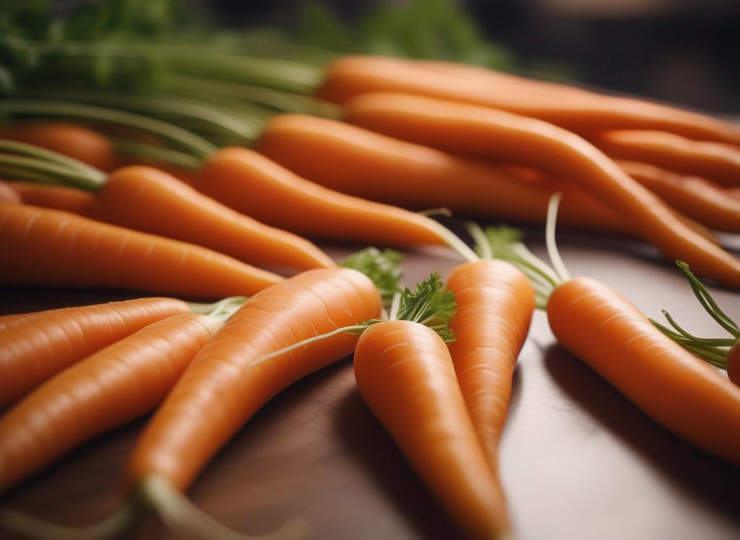文字のサイズ
- 小
- 中
- 大
Qatari university students develop 3D printed carrots! Aiming to solve the food crisis.
Mohammad Fadhel Annan and Lujain Al-Mansoori, Qatari students in their third year in the Department of Information Systems at Carnegie Mellon University, USA, have developed a 3D printer that can produce fruit and vegetables from cells grown in the laboratory.

When using food 3D printers to sculpt fruit and vegetables, the material used is usually puree from cultivated crops. However, the problem with this method is that it cannot be mass-produced. Two students from Qatar, where only 2.5% of the country’s land is suitable for agriculture, chose to overcome this problem by using plant cells grown in the laboratory and irradiated with UV light to create 3D fruits and vegetables. They then successfully produced a prototype 3D-printed carrot with the same nutritional value as conventionally grown carrots. A 3D printed carrot was presented as a prototype. It aims to be a solution to food insecurity around the world.
The process of creation involves first taking artificially grown plant cells and growing them in a dedicated laboratory. The cells are then used to produce ink for a 3D printer specially designed to react to ultraviolet light. The moulding is done using the LCD method, which uses a liquid crystal display (LCD) panel to irradiate ultraviolet light. The method, which is conventionally used for modelling resin materials, is applied for the first time to edible materials and is modelled using a food 3D printer developed by two students.
Mohammad Fadhel Annan described the development of this ground-breaking method as follows. ‘It takes a lot of money to transform non-farming land into arable land. So we looked for alternative methods. And we discovered that combining 3D printing with the cultivation of fruit and vegetables in the laboratory could provide an answer to the fight against food insecurity.”






